|
Have you ever had a verse and a chorus that didn't fit together? Here are some ideas to help you 'bridge that gap' and 'put the pieces together' Techniques to Establish a Seamless Flow in Your Musical CompositionThe art of composition is dynamic. Various elements that, when harmonized effectively, take the listener on a journey. How do you ensure your music has a cohesive flow between different sections of a song? Whether transitioning between verse and chorus or introducing a bridge, the seamless flow of musical elements enhances the overall listening experience. In this article, we'll explore techniques to weave the fabric of your composition and continuity and flow. Melodic and Motivic ContinuityA motif is like the 'theme' of a song. One of the fundamental building blocks for a composition is maintaining melodic and motivic continuity. By repeating key melodic motifs or musical ideas throughout various sections, you provide a familiar thread that ties the song together. This not only creates a recognizable identity but also facilitates a smooth transition between different parts. Composers often use this technique in Movies. Next time you're watching one, listen to see if you can hear them. Harmonic ProgressionA harmonic progression is the way the chords and notes flow. A consistent harmonic progression can act as a form of musical glue, connecting disparate sections into a unified whole. Imagine a chord progressions that smoothly flows between verses and choruses, or a note common that ties the two together. It can guide your listener through the emotional nuances of your composition without disrupting the flow of their experience. Predictable yet artful harmonic movement can contribute to a sense of coherence and unity. Rhythmic Consistency & VariationRhythm serves as the heartbeat of a song. It can be the most influential factor in the overall feel of a composition. Consistent rhythmic patterns or gradual rhythmic variations contribute to the seamless flow between sections, although abrupt changes can be a stylistic consideration. Keep in mind the context of what mood you're trying to evoke through your music. concepts like syncopation, rhythmic themes, or evolving patterns can maintain a listener's interest while bridging different parts of your composition. Lyrical ThemesThe marriage of music and lyrics is a potent force in composition. Repeating lyrical themes or employing consistent or connected 'imagery' in lyrics can establish a thematic connection between verses, choruses, and other sections. Lyrical continuity reinforces the narrative and emotional resonance of the song. Dynamic Buildups and ReleasesDynamics are changes in the 'energy levels' in the song. Imagine a crescendo (buildup) or a FAT DROP. Strategic use of dynamics heightens the impact of your song. Gradually building intensity in one section and releasing it in another can create a satisfying ebb and flow. Dynamic shifts can serve as emotional signposts, guiding the listener through the peaks and valleys of your musical landscape. Much more interesting than a song that is the same from start to finish. Transitional ElementsIncorporating transitional elements, such as an instrumental interlude, fill, break, drop, or a new musical passage, can act as a bridge between sections. These elements serve to prepare your listener for upcoming changes while transitioning between parts and can help maintain engagement and interest from start to finish. Instrumentation and ArrangementYour choice of instrumentation and arrangement plays a pivotal role. When do you introduce a new element? Consistency or intentional variation in these elements contributes to the overall tonal palette of your composition. It's a key element of good orchestration, where each section complements the others, reinforcing the sense of unity of the piece Tempo and Meter Changeswhile less common in pop music, Strategic changes in tempo or meter can add a layer of complexity to your composition. These shifts should feel deliberate and enhance the musical narrative, guiding the listener through the evolving landscape of your song. ConclusionIn musical composition, the pursuit of a cohesive flow is balance of the elements we talked about in this article combined with experimentation, creativity, and a deep understanding of the emotional essence you'd like to convey to your listener. These are the keys to achieving a seamless connection between different sections. By practicing these techniques, you can elevate your ability to craft compositions that not only resonate with your audience but also push the limits of your musical abiliities.
Today's video is another sit-down and do it style practice. I didn't really have much of a plan going in - its nice to have a structure - so it ended up being a bit of Melodic Development over one of my favorite chord structures. - Daily Gratitude - When your reality isn’t what you imagined: In fact its so much better. Be open to the possibilities and receive your blessings of unlimited potential. Get a free song download - Join Cody Gene's Music mailing ListA song can be four chords. That's not wrong, but if your chord progression is simple, then consider the Principles of contrast to make your song POP. where do you put contrast in your song?Where do you put contrast in your song? What are your song's elements?
Song Structure Have you thought about how your song is laid out while the concept is fresh? I recommend as good practice to outline a few basic song-structures for the style of music you write. it could look like one of these examples:
or
Helps with efficiency to simply put things into a place where you dont have to worry about structure. Why use this approach? because it takes the struggle out of putting the songs together because that part is already done. Just build the pieces to fit and stick them in. Songwriting En-masse, just remember your Contrast considerations. Smooth transitionshow can you switch it up without being abrasive? So now that we're fitting the pieces in, I guess you'll need pieces first. This is where creativity and imagination come into play. During your daily (and i hope it's daily) practice, noodle around until you come up with something. Some folks like to play from scales or books for inspiration. others simply jam. The point is to come up with something that sounds good to you. Remember it's music. There isn't a one-size-fits-all approach to this stuff. how can you switch it up without being abrasive Abrupt transitions are not always bad. To me it depends on the characteristics of the genre, some being friendlier to rule-breaking than others.
Practice vlog. I tend to not talk much. That's part of this whole experiment. Get over any nervousness around playing music on camera. At the end of the day, it's not so bad. In fact, It's a lot like those first couple times you go out to play your songs in public. It's a little nerve-wracking at first but eventually, you start to warm up to the feeling of putting yourself out there... Have courage to take the action and learn from your mistakes. Here's my Intentional vocal practice. Question. What did you notice about what and how I'm improvising? if you were practicing music in this way, what would you do differently? Comments here (or on youtube)
Thanks for being awesome.  Starting with the easy thing or the hard thing? that's up to you to decide. I'd recommend knocking back the easiest tasks first, the ones that would take the least time to accomplish. The more difficult tasks might require some incubation time, new skillsets, or a network of friends to help you out. Do the workavoiding procrastination
Something is better than nothing It doesn't have to be perfect You'll get better with time See a door, open a door, you don't have to step through it right away. Check to see what's on the other side. If you see potential there, then start moving. the decision to take action - It starts with a choice. Remember the words we use in our own minds carry weight. The language we use in our internal dialoge affects our reality. No seriously. No more of this Someday i hope to ____. A better line of conversation is I am ____. These are called affirmations, and next time you catch yourself using language like hope, want, trying to, etc. Catch yourself and think about it for a moment. Are you trying to do something? or are you Doing it? going through the motions - Consistency of effort once you understand what you want, the next step is to follow through. How many artists I know don't do this. I was guilty of it myself. It's called Failure to launch syndrome. I get it, it's easier to just push your ambition aside and play some video games. Next thing you know it's 10 years later, and have to bust-ass to make up for lost time. If you're not doing something every day, start with 1 thing. If you're already doing something every-day, then start doing 3 things every day. It'll take dedication and preparation, but you can do it. Start Now. speaking the truth into existenceand actually living it Don miguel ruiez the four agreements: The first agreement. Thats not the whole picture. Combine that with follow through. A truth in word only is not necessarily the truth A truth in word plus action combined is the best thing you can give to another person. Have you ever told someone else you were going to do something then turn around and ghost them with no word of warning, no heads up? Its not a recipe for trust; granted, maybe you had your reasons, but why the lack of communication? We arranged to meet on a Wednesday, you mentioned on Tuesday that Thursday is better, okay no problem. I'll shuffle around my commitments and Ill do my best to make it work. Thursday rolls around, its 5 o clock and im expecting a call. No call. 7 o clock. Maybe somethings up. I have no way of knowing. 9:00? Fuck it. Ive got no patience left, and no trust left either. im going to sleep. Maybe ill get that call, get up, and head out for the meeting. It's important to me so i don't mind. Well I'm writing this article so maybe I do... I arranged to meet up with someone else that same week. "Hey bud, ill be in town in two weeks, let me know whats happening so we can catch up." "Sure, sounds good." The week before. "Okay man, gonna be in town next week, we still good 2 go?" "Yeah buddy, its my birthday soon, lets celebrate." "Awesome cant wait." The day before. "Hey, what are you doing on sunday, I'll be rolling into town then." "Oh, I'm in Victoria until Tuesday." Shit. "Alright, let me know when you get back. Heres my number, text me because i have no wifi on the road" Hmm maybe my friend doesnt realise how important this is to me. Can't be deliberate betrayal right? Please tell me its not that. So Wednesday rolls around, then Thursday, then Friday and I have no patience left. I mean, I get it that you have your own life, and maybe you're dealing with some shit and thats fine if you are. At least tell the person who is counting on you what is happening, maybe he can support you. Maybe you didn't stop to consider that this other person has their own shit to deal with too. Maybe he put a tremendous amount of energy into it and you just ghosted the fuck out of him. You can fuck off. I no longer tolerate this type of behaviour. To me, a word spoken without being backed up with action to support it is the same as lying to another person's face. Its a betrayal. Its not the mark of a mature human being, let alone a successful one. I pride myself in doing exactly what I say I will do - when I say I am going to do it. Is it wrong that I should hold others to the same standard? When being an excellent judge of character, one should watch for this type of horseshit. People who do this make me sick with stress, and while i understand that we're only human and we can't be all perfect all the time, at least try to have the decency to try just a little bit. I mean seriously, grow the fuck up. If you told another person that you're going to do something, either follow through, or pick up the phone (or get on whatever text messenger) and tell them that you can not commit. Do not jerk people around. Its dishonest, and its a good way to extinguish all loyalty that existed. TL:DR Say what you mean, do what you say. Do this to keep relationships healthy. LET MUSIC BE THE SPARK OF CREATIVITY THAT DRIVES ACTION AND INNOVATIONWelcome To the Blog. Today we're talking about songwriting and composition. I've been capturing ideas for an irish Jig. banjo jigs and reels with Ol'brother PaulWe started off our run by approaching the plan with a song idea. Three parts, we'll call them parts A B and C.
The main lick. the kind of lick that was meant for a Tenor banjo. We didn't have much else to go-on Except a sloppy old recording found in the Archives. So knowing only the root of the song was a big-ol' D chord, we set off to lay down some Banjo tracks.
An ascending lick with a change of tone-centre. It took me a minute to figure out what was happening, but if I could add an A-chord over top of this new riff, It could bring a much-needed change of energy to the song. I'll figure out the exact chord-progression during my practice session later. For now, It's a good idea, lets capture it...
This part came later. Paul got back to me with a new idea for an outro for the song. This one feels more like a slow-down after a late night celebration. He wrote the part for the mandolin... Sounds great! lets do it.
Same idea, new theme different instrument, but hear how it sounds on that banjo too. lay these down on separate tracks, to see if we can combine them in cool ways later.  Ol'Brother Paul Ol'Brother Paul So Last week, I was working with Ol'Brother Paul on the 'Paulcast' 2nd season. We're switching up the format, which will follow the progression of a song through the recording process, while talking about tips/strategies for how to record a song with less frustration. We've picked an old idea Paul had for an Irish Jig back in 2016-2017 using tenor banjo (or in this case a banjo with the drone string removed.) Until this point we've been kind of using the term 'Jig' and 'Reel' interchangably, but this got me thinking what's the difference? They are two separate words, so they probably mean two different things. okay google what's the difference between a jig and a reel? So 'reel' short answer... The main difference is in the timing. Jigs being in a 6/8 time and a Reel being in a 4/4 time. So to answer my own question, the song we are going to produce is actually an Irish Reel.
i've been racking my brain how to 'internet' properlyHey guys, so for what it's worth i've decided to split Gene Media into two 'niches' with the feeling that Songwriting is one category, and Music production fits in another. So what does that mean? better sorting of playlists on youtube, and separate analytics on the backend. Should make it easier to keep track of what's working and what's not. #systemssuccess Here's a new video |
Gene Media ProductionsCody Gene: Record Producer Music Methodology & Creative Lifestyle
#
All
Archives
April 2024
|
Categories
|
AboutGene Media Creative Studio is the Production Facility of Indie-Rock producer and songwriter Cody Gene.
|

Gene Media Creative Studio is located in British Columbia, Canada and creative Cody's creative space. here he explores ideas, creative vision, and technical aspects of independent music production + artist development.
|
Contact |

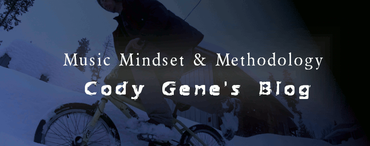
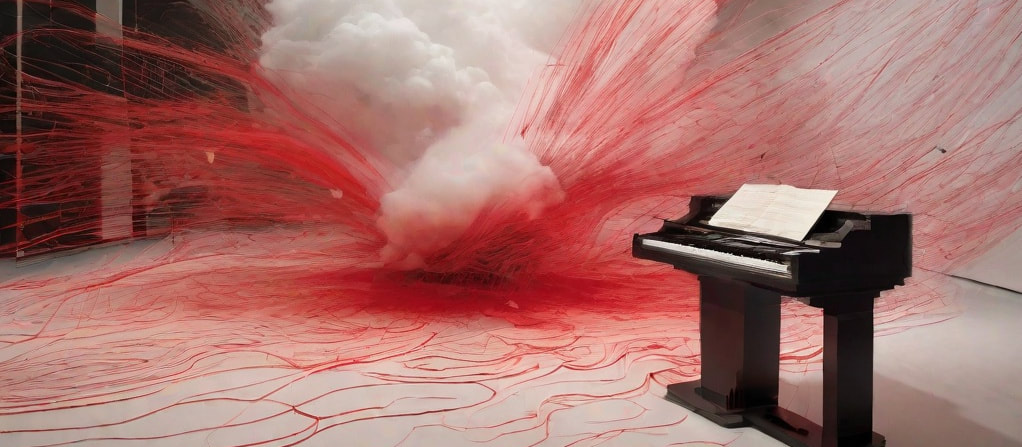
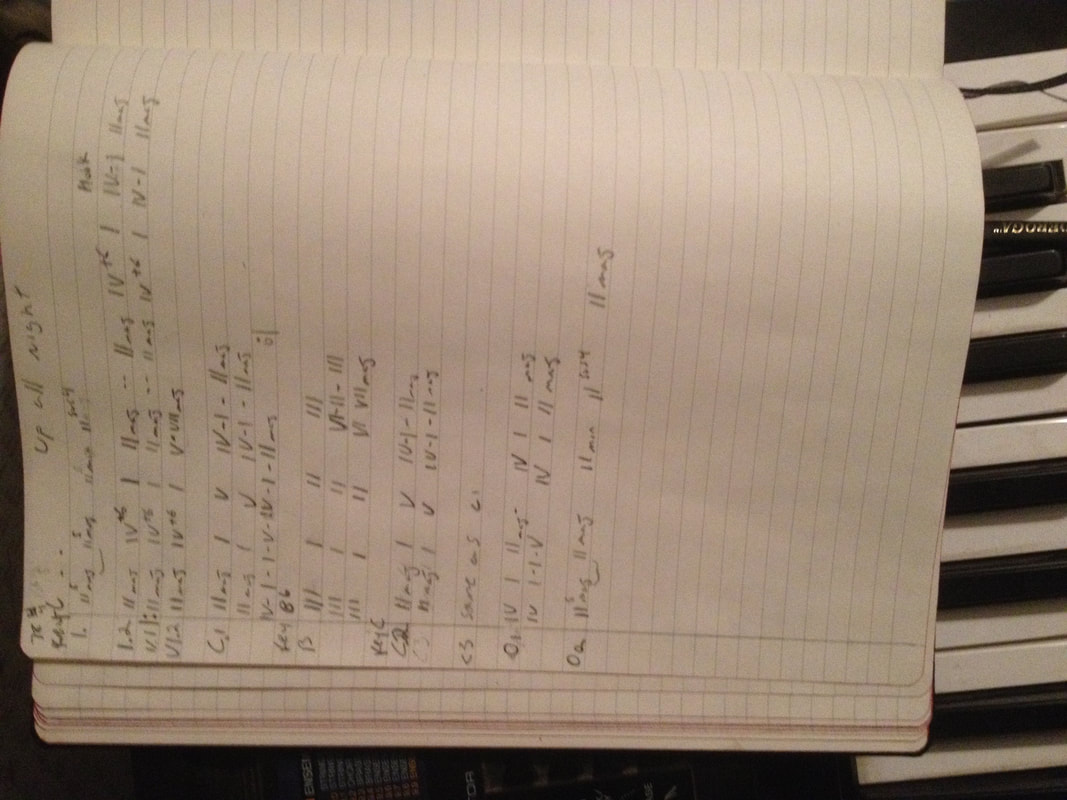
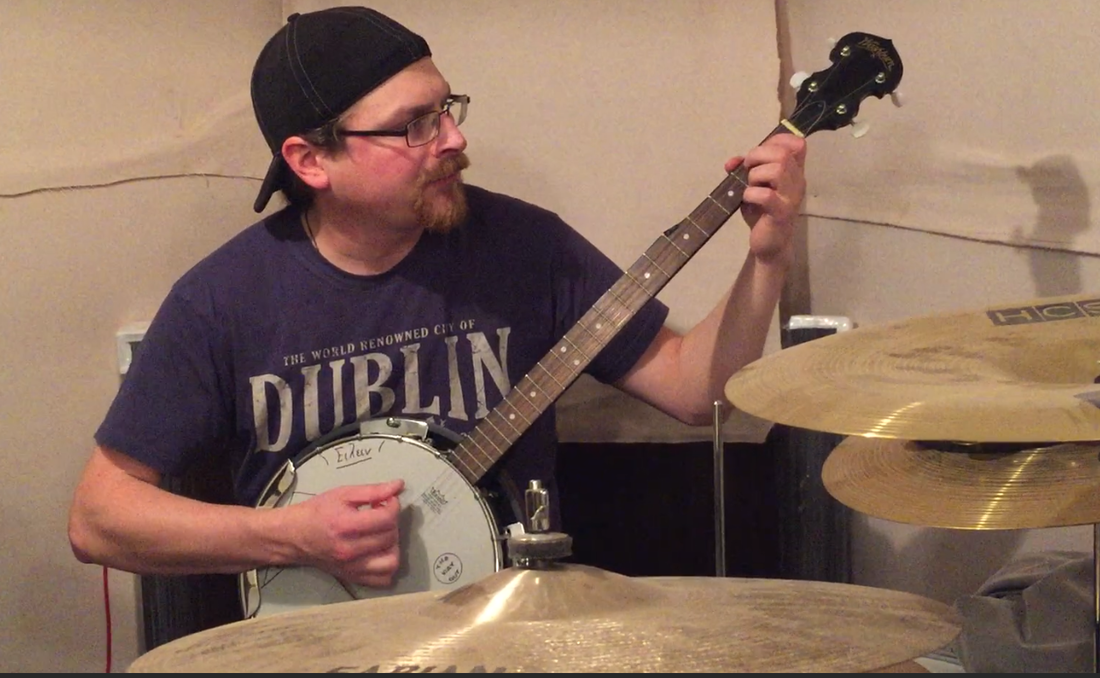
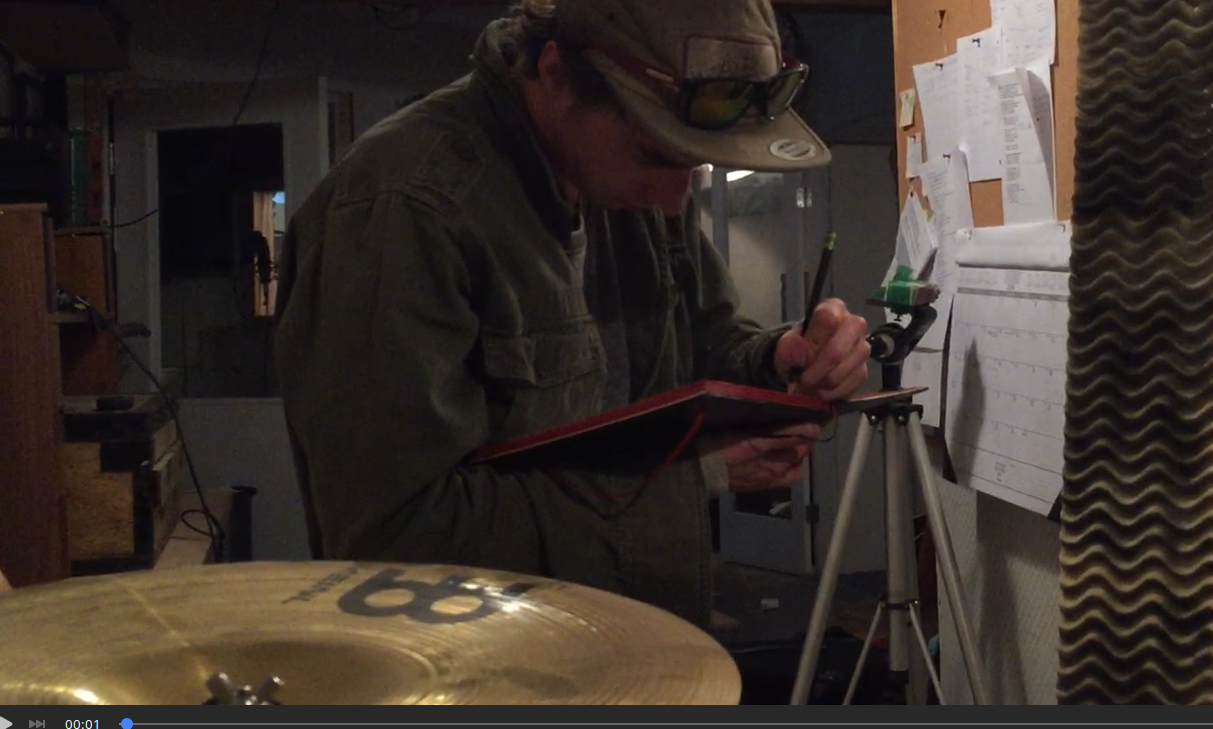
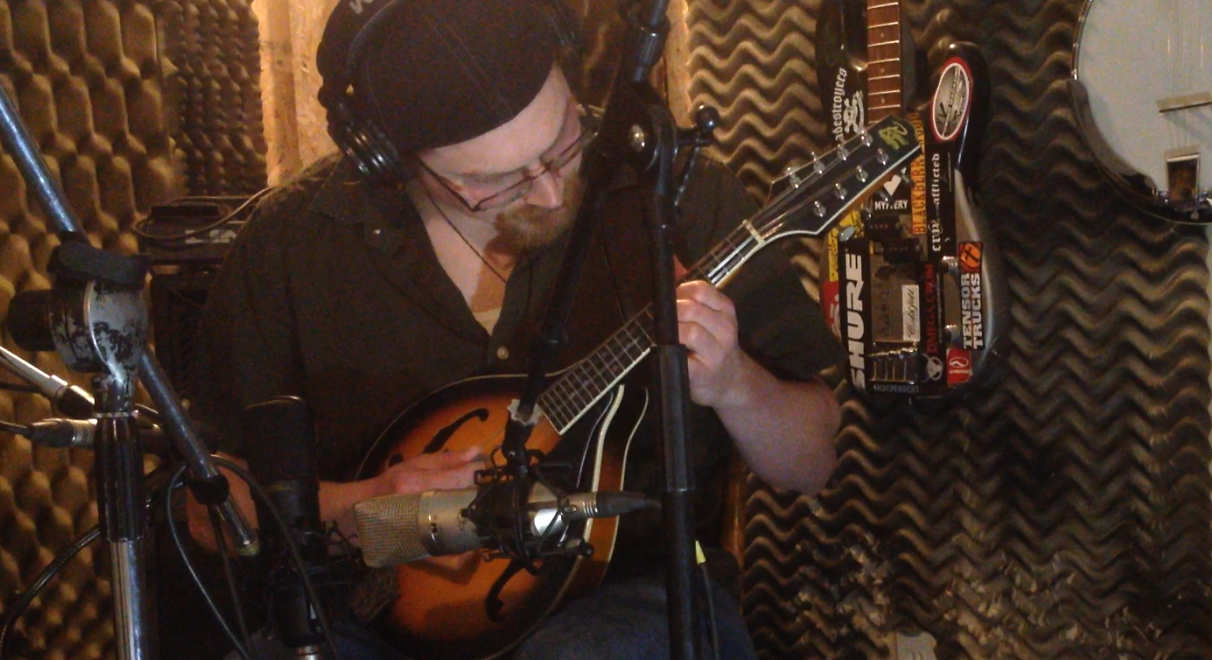
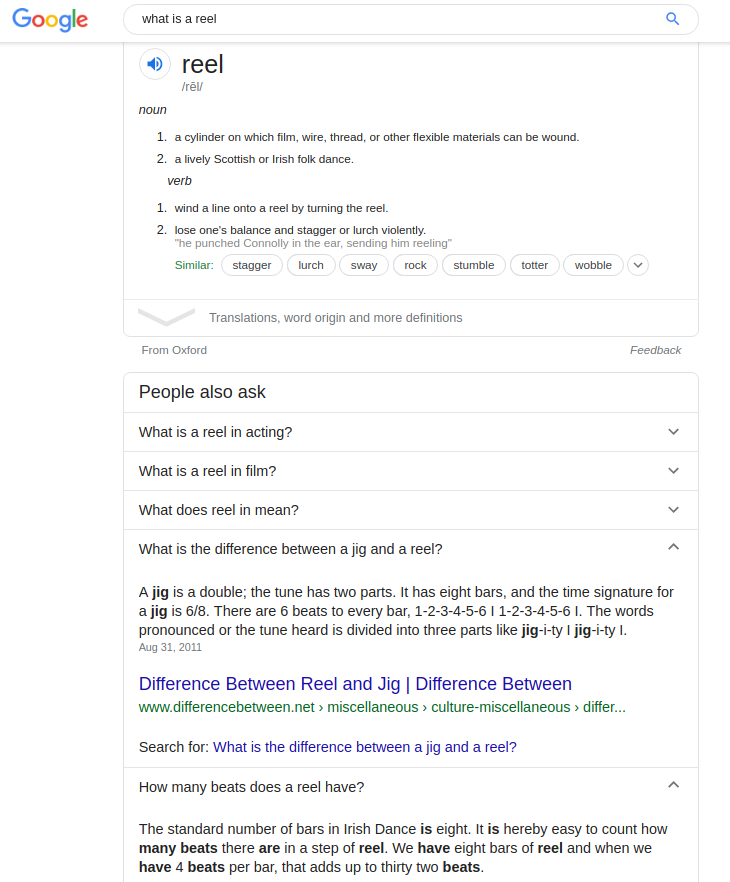
 RSS Feed
RSS Feed